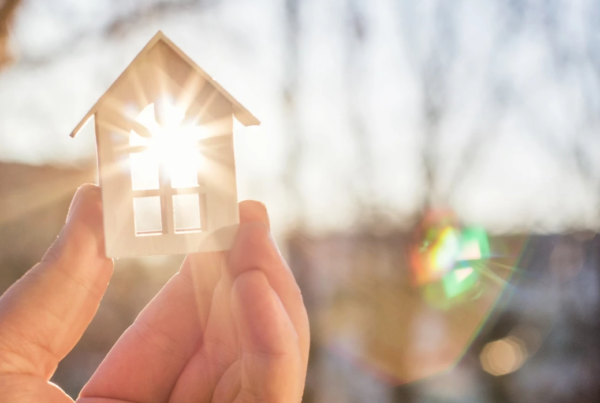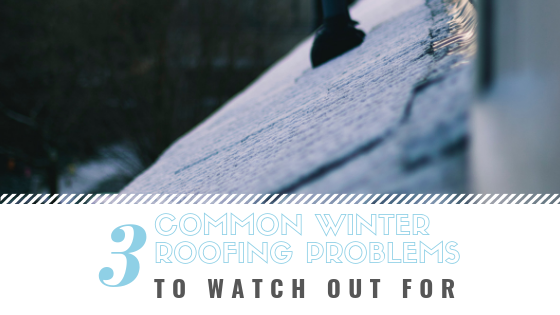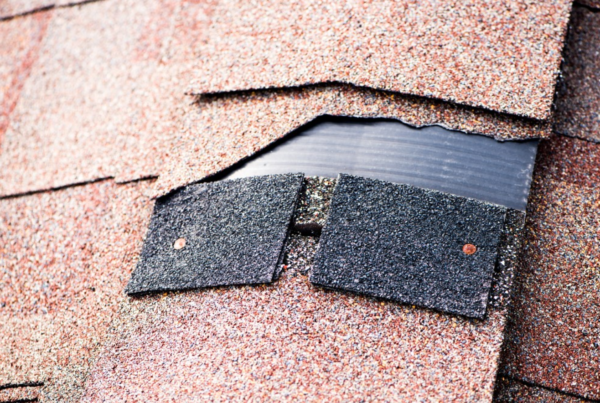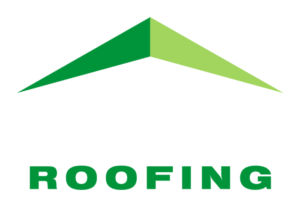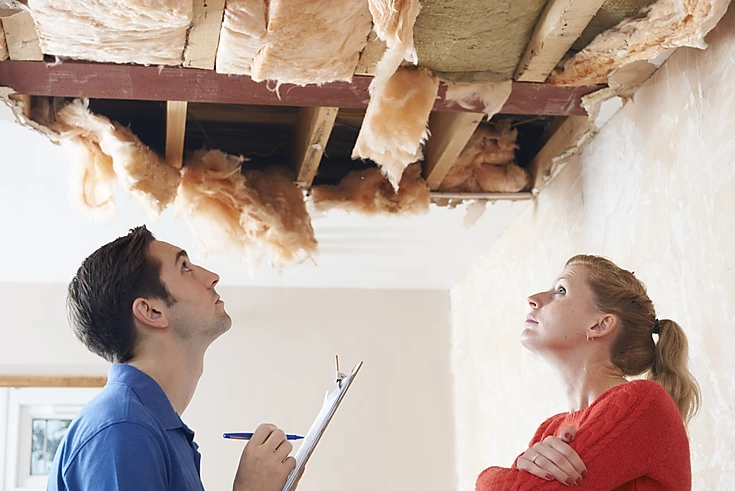
Roof leaks are a nasty consequence of roof damage. In most cases, roof leaks are caused by missing or damaged shingles, which lets water enter the roof system and, eventually, the inside of your home. Roof leaks develop slowly – some can take 2-4 years to show – and they travel from the source. That’s why it’s important to know what to look for!
The best way to prevent roof leaks is with roof inspections, especially after a big storm. Make sure you save our number right now so you can call right after a storm: 208-745-9002
Here are some additional tips while waiting for your inspection.
Check for Roof Damage After a Storm
After the storm passes, go outside and walk around your property.
Are there any blown off shingles in the yard?
If you’re missing shingles, your roof is left exposed to the elements – this needs repairs ASAP.
If you have asphalt shingles, do your downspouts have granules in them?
Those granules are the protecting coating on shingles. Granules in your gutters and downspouts mean there are vulnerable shingles on your roof that could allow water inside.
Has a tree branch or other item blown onto your roof?
This might have scratched or otherwise damaged your shingles and gutters!
Does your car have dents on the hood or doors?
If your car has damage, so does your roof!
Check the Attic For Roof Leaks
In the attic, you’ll be checking for any water that could’ve come in from damaged or missing shingles. Make sure to use a flashlight. Light reflects off water, so it’ll be easier to locate. Once located, mark the spot to show your roofer.

Sometimes, especially in the summer months, the heat buildup in the attic will cause any new water to dry out. If it has been a while since it last rained, look for signs of mold on the rafters or plywood sheathing.
Inspect Your Ceiling For Roof Leaks
Sometimes water makes it past the attic and infiltrates your ceiling. Water will collect and create brown or yellow stains on the ceiling. If you see any of these spots, you have a roof leak. Bubbling on your ceiling or top of your walls can also indicate water damage.
While roof repairs don’t make for the most exciting home renovations, they are super important! Not only will a leaking roof cause expensive repairs, but it can also lead to mold growth and harm your health. If you are seeing signs of a roof leak or have been impacted recently by a storm, contact us to schedule a free roof inspection!
Don’t forget to follow us on Facebook for more tips!

